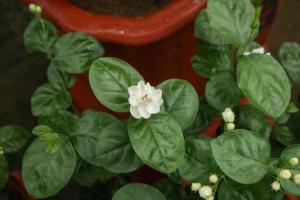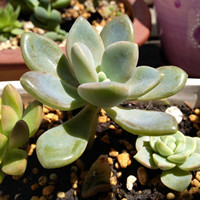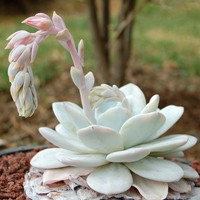Where to Plant Witch Hazel Tree
Witch hazel trees are lovely and unique trees to plant in your garden. These trees have vibrant yellow or orange flowers that bloom in the fall, giving your garden a picturesque and autumnal feel. If you decide to plant a witch hazel tree, it is important to understand the ideal planting conditions. This article aims to provide helpful tips on where to plant witch hazel trees.
About Witch Hazel Trees
Before we delve into the details of planting witch hazel trees, let us first know more about this tree species. Witch hazel trees belong to the Hamamelidaceae plant family and are native to North America, Asia, and Europe. These trees can grow up to 20 feet tall and can be grown in a variety of soils. Witch hazel trees are highly valued for their medicinal properties, making them a popular ingredient in skincare products.
Climate and Soil Needs of Witch Hazel Trees
Witch hazel trees prefer a moderate climate with mild winters and cool summers. They thrive in USDA hardiness zones 4-8. So, if you live in a hot climate, you may have trouble growing witch hazel trees. In terms of soil, witch hazel trees prefer well-draining soil that is slightly acidic to neutral. They do not do well in alkaline soils.
Light Exposure Requirements
One of the most critical factors to consider when planting witch hazel trees is the light exposure. These trees love sunlight, but they can also grow in partial shade. When planting them, ensure that the area receives at least six hours of direct sunlight daily. Planting them under tall trees or near structures that may cast a shadow should be avoided.
Planting Considerations
When planning to plant witch hazel trees, ensure that the planting site is protected from strong winds, especially during the winter season. These trees are susceptible to winter damage, and strong winds can be detrimental to their growth. It is also crucial to give young trees enough space to grow. The average mature size of a witch hazel tree is 15-20 feet, so ensure they are not planted too close to buildings or other trees.
Care and Maintenance
Once you have planted your witch hazel trees, you should take care of them to ensure they remain healthy and blooming. One important factor to consider is watering. Witch hazel trees need moderate watering, and it's crucial to ensure that the soil is not waterlogged. You can add organic matter on the soil to help retain moisture in the soil.
In addition, a layer of mulch around the base of the tree can help regulate soil temperature and prevent weed growth. Pruning is also essential for healthy growth, and it's advisable to prune after blooming. Remove dead or diseased branches and crossed branches to ensure good light penetration.
Conclusion
Witch hazel trees are a popular species of trees to plant in your garden. They not only add beauty and unique features to your garden but also have medicinal properties. The planting location, soil pH, and light requirements are some of the essential factors to consider when planting witch hazel trees. With proper care and maintenance, you can enjoy their vibrant flowers for years to come.

 how many times do yo...
how many times do yo... how many planted tre...
how many planted tre... how many pine trees ...
how many pine trees ... how many pecan trees...
how many pecan trees... how many plants comp...
how many plants comp... how many plants can ...
how many plants can ... how many plants and ...
how many plants and ... how many pepper plan...
how many pepper plan...





























